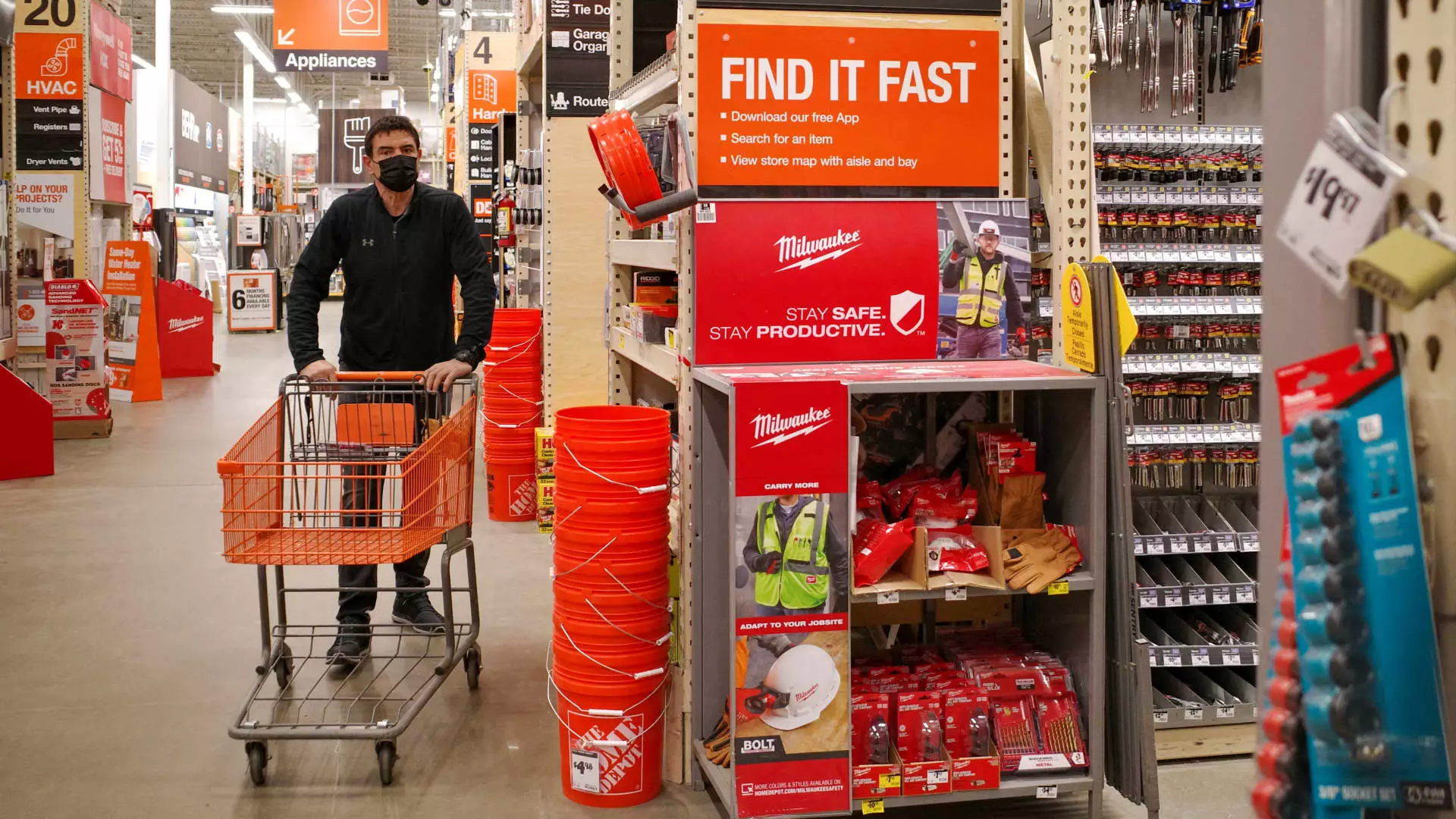As the United States implements significant tariffs on imports, particularly from neighboring nations Canada and Mexico, many consumers find themselves in a quandary. Recent statistics reveal a growing anxiety about rising prices, igniting what is now termed “doom spending.” This behavior is characterized by impulsive buying as individuals seek to mitigate fears of future expenses, reflecting a troubling trend that could have lasting repercussions on personal finances.
According to a survey by CreditCards.com, approximately 19% of American adults engage in doom spending, a phenomenon fueled by concerns over escalating costs. This impulsive behavior drastically alters consumer dynamics, leading individuals to make unnecessary purchases under the assumption that prices will continue to soar. This reactive spending approach, however, invites significant financial risk. Experts caution that it may contribute to deeper debt levels, with 34% of credit card users already planning to take on more financial obligations this year.
The apprehension surrounding tariffs is not merely abstract; it translates into behavior on the ground. Many are purchasing expensive items like home appliances or home renovations, with 28% of respondents indicating they have made substantial purchases recently. As people brace for potential price hikes, stockpiling goods has become another popular trend. Essential items, such as non-perishable food and hygiene products, are being accumulated at alarming rates, further exacerbating the ongoing consumer debt crisis.
With credit card debt surpassing a staggering $1.21 trillion, financial experts urge consumers to reconsider their spending habits. High-interest debt can quickly spiral out of control, leading to financial distress aggravated by tariffs’ effects on prices. Egan, a personal finance expert, highlights that the anxiety surrounding these tariffs can tempt consumers to overspend, further tightening the noose of credit card debt.
Moreover, Matt Schulz from LendingTree advises consumers to resist the temptation of doom spending, advocating for a proactive approach to financial health. He emphasizes that rather than succumbing to fear, Americans should focus on reducing high-interest debt and establishing an emergency fund. These strategies not only empower individuals but may also create a cushion against unexpected financial upheavals.
The landscape of consumer spending is undergoing a notable transformation due to external economic pressures such as tariffs. While the instinct to “doom spend” may provide a temporary sense of control, it often leads to longer-term challenges in financial stability. Americans must strike a balance between immediate needs and future wellness, choosing to prioritize financial prudence over impulsive purchases. By doing so, they can navigate the uncertain waters of today’s economy with greater confidence and resilience.


Leave a Reply